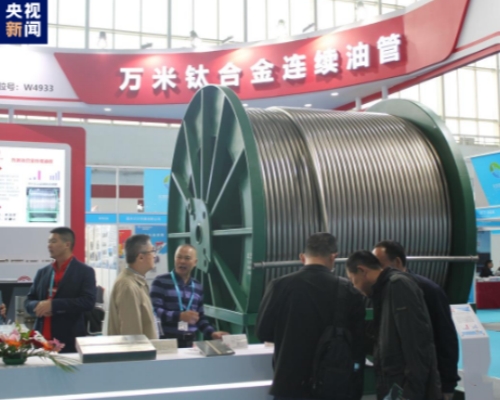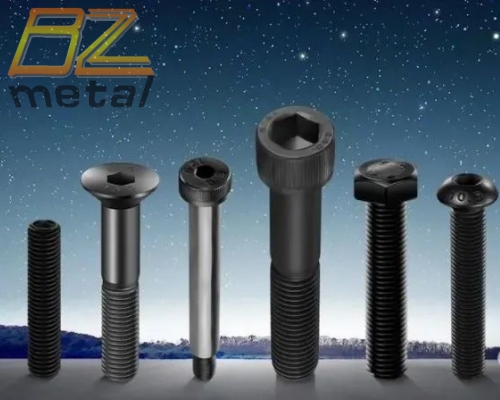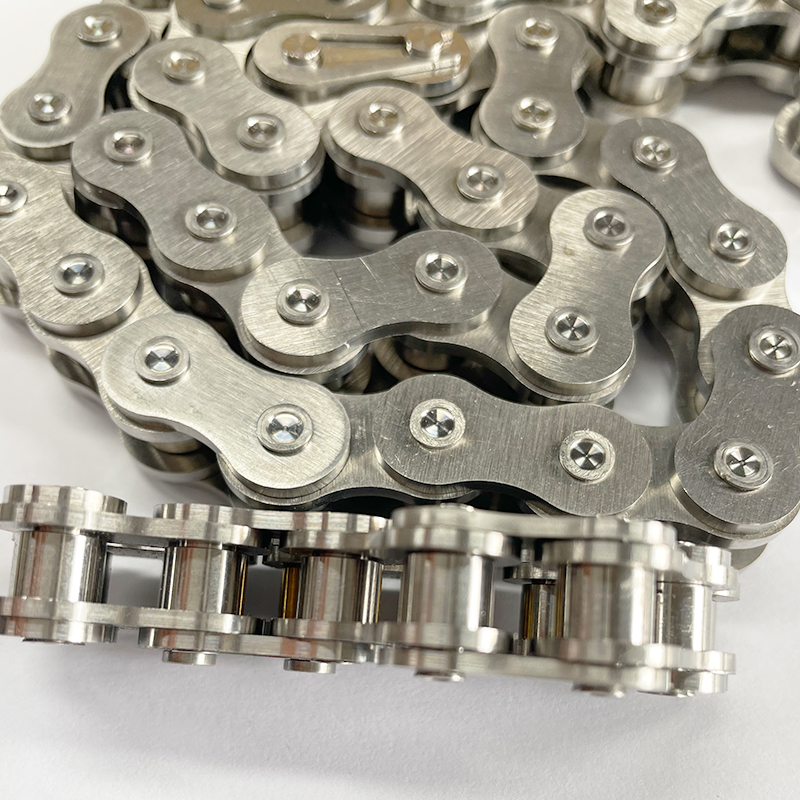Titanium and Superconducting Maglev Train
Titanium and Superconducting Maglev Train
Maglev trains are a kind of high-speed and high-tech transportation. Some countries such as China, Germany, and Japan are developing them as fast transportation and means of transportation between large cities and cities in regions. The world's first commercially operated maglev train is a maglev line from Longyang Road Station in Shanghai to Pudong International Airport in the east. It has a total length of 33km and a design speed of 431km/h. It takes only 7 minutes to walk the whole journey. The technology used is provided by Germany. It has been in safe operation for nearly 20 years and has proved to be technically sound. Later, China planned to build the Shanghai-Hangzhou Maglev line, which was planned to be put into operation before the 2010 Shanghai World Expo, but it ran aground for various reasons. The total length of the Shanghai-Hangzhou line is about 175km. Among them, the Zhejiang section of the main line is about 105km long, and the entire line is elevated, with Shanghai Railway Station, Jiaxing Railway Station, and Hangzhou East Railway Station. The Shanghai-Hangzhou Maglev line is a suburban section line with a normal operating speed of 450km/h and a normal maximum operating speed of ≤200km/h in the central urban area. The initial estimated total investment of the project is 35 billion yuan, and the current estimated investment may exceed 40 billion yuan.
A maglev train is a kind of transportation that uses the repulsive force and attraction of magnetic poles to operate, that is, the repulsive force makes the train float and the attraction starts the train. The maglev train is equipped with superconducting magnets, and the bottom of the railway is equipped with coils. After being energized, the polarity of the magnetic field generated by the ground coil and the polarity of the electromagnet on the train always remain the same, and the two repel each other at the same time, causing the train to float. Coils are also installed on both sides of the tracks. Alternating current turns the coils into electromagnets, which interact with the magnets on the train to move the train forward. The main material used to make superconducting magnets is titanium-niobium (Ti-Nb) alloy.
In 1801, the British chemist Hachette (C. Hatchett) Discovered an element when analyzing the ore, named Columbium. In 1844, the German chemist Rother (H. Rose) Discovered a metal element similar to tantalum, and named it Niobium after Niobe, the daughter of tantalum. In 1866, niobium and niobium were identified as an element. In 1951, the International Union of Pure and Applied Chemistry unified the name niobium. The critical temperature of the superconducting transition of niobium is 9.25K, the thermal neutron absorption cross-section of the atom is 1.1 target En, and the standard electrode potential is Nb/Nb5+0.96V. Niobium and tantalum have very similar chemical properties and are both very stable chemical elements. Niobium does not react with many corrosive media under cold or slightly hot conditions, and dense niobium is only oxidized significantly in air at a temperature of >200℃. The main physical properties of niobium (see table):
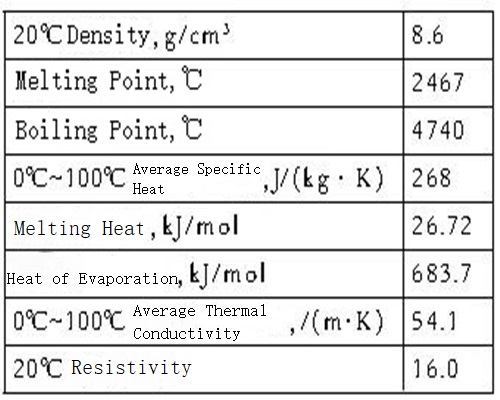
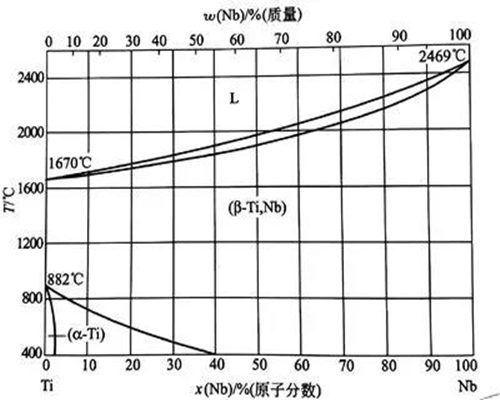
Niobium and tantalum have similar physical and chemical properties. They are mostly symbiotic in minerals in nature. Most niobium ores in the world have a grade of 0.2% to 0.6%, and the standard niobium concentrate obtained after mineral processing has a grade of 50% to 65% (Nb, Ta) 2O5. The world's proven reserves of niobium ore are 6.9 million tons. The extraction of niobium mainly includes the process of decomposing concentrates, separating tantalum and niobium, preparing compounds and metals, and refining. The industrial production methods of niobium include carbon thermal reduction method, sodium thermal reduction method and aluminum thermal reduction method.
Niobium is used in the iron and steel industry in the form of iron niobium, and its consumption accounts for more than 85% of the world's total. It is mostly used in carbon steels and high-strength low-alloy steels. The main role of niobium in steel is to improve the wear resistance, corrosion resistance, grain refinement and desolvation strengthening of steel by controlling the size and distribution of desolvent niobium carbide, thereby improving the performance of steel. The superconductors formed by alloys or metal compounds of niobium, titanium, tin, zirconium, aluminum, and germanium are of great significance. Niobium-titanium alloys and niobium-tin compounds (Nb3Sn) are currently used superconducting materials, especially the former is indispensable for the manufacture of superconducting magnets for maglev trains. Without niobium-titanium alloy superconducting materials, high-speed trains would not be able to float and would not be able to run forward.
The biggest advantage of high-speed maglev trains is their fast speed, fully automated operation, and speed ≥550km/h, which is stable and noise-free; the line covers a small area, has low magnetic field strength, and low energy consumption. Because it is floating on the rail and equipped with facilities according to the aircraft's fire protection standards, the ride is smooth, comfortable and extremely safe. A high-power linear synchronous motor is installed in the track, so the power of the high-speed maglev train comes from the track, which has a high degree of acceleration and braking ability; the turning radius is small and the climbing ability is strong.
The Ti-Nb binary phase diagram is shown below. Nb is infinitely soluble in Β-Ti, forming a continuous solid solution. The solid solubility of Nb in α-Ti increases with the decrease of temperature, and there are solid solutions α-Ti and β-(Ti, Nb).

